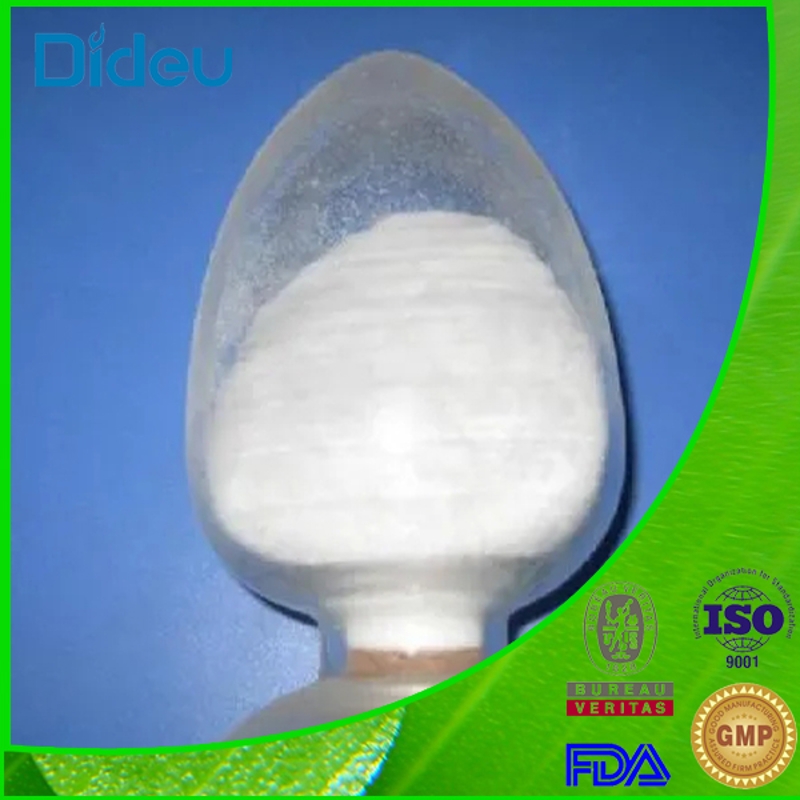-
Categories
-
Pharmaceutical Intermediates
-
Active Pharmaceutical Ingredients
-
Food Additives
- Industrial Coatings
- Agrochemicals
- Dyes and Pigments
- Surfactant
- Flavors and Fragrances
- Chemical Reagents
- Catalyst and Auxiliary
- Natural Products
- Inorganic Chemistry
-
Organic Chemistry
-
Biochemical Engineering
- Analytical Chemistry
- Cosmetic Ingredient
-
Pharmaceutical Intermediates
Promotion
ECHEMI Mall
Wholesale
Weekly Price
Exhibition
News
-
Trade Service
High-fidelity DNA replication is a necessary condition for cell survival.
in the replication process can be repaired by the nucleic acid exlepedase domain and mismatch repair (MMR) system in the DNA polymerase.
replication repair defect (RRD) occurs in one or more mechanisms that are defective due to genetic changes in the line line.
mutations involving the MMR system (MSH2, MSH6, MLH1, PMS2, etc.) can lead to Lynch syndrome.
Lynch syndrome is associated with susceptivity to colorectal cancer, especially in adulthood, and an increased risk of several other types of cancer, including brain tumors.
RRD, which causes mutations, is an important driving mechanism for advanced gliomas (HGG), mainly in the context of RRD-related gene lineage mutations.
, although HGG presents a specific pattern of DNA methylation corresponding to cancer gene mutations, this has not been well studied in replicating and repairing defective tumors.
we analyzed 51 HGGs in the background of THERD gene mutations using an array of 450 k or 850 k methylation.
these were compared to HGG and did not know if they came from patients with RRD.
RRD. HGG has secondary mutations in glioma genes such as IDH1 and H3F3A, showing methylation patterns corresponding to these methylation subgroups.
notable for the lack of these known secondary mutations, RRD-HGG is associated with a group of incompletely described HGG previously labeled "Wild C" or "Paediatric RTK 1".
independent analysis of the HGG queues in two control groups showed that other RHD/highly mutant tumors were clustered in these subgroups, suggesting that undiagnosed RRDs may be the cause of HGG clustering in this location.
, unlike the CpG Island methylation ideolysed ideolysed ideolysed ideolysed ideolysed esophatione described in other cancers, RRD-HGG exhibits a unique CpG Island de-methylation ideolysed ideolysed ideolysed esophation.
low methylation is found in gene promoters and has significant meta-methylation in genes and pathways critical to cell survival, including cell cycles, gene expression, cell metabolism, and tissue.
data show that methylation arrays can provide diagnostic information for RD HGG detection.
addition, our findings highlight the unique natural selection stress in these highly dysfunctional, over-mutated cancers and provide new effects of excessive mutations and RD on the cancer's supergenesic genome.
method: Gene avotation analysis (GSEA) is carried out on DMPs using a custom function.
the path that corrects p-values greater than 1×10-5.
addition to correcting multiple tests, the "gometh" method in the missmethy package corrects the deviation in the number of probes present in each gene.
genetic ontology terminology associated with biological processes (BP) was further analyzed, and DMP analysis was divided into high methylation and low methylation probes in each group to determine the direction of methylation differences.
GSEA path analysis is integrated using ReViGO to calculate the adability of overlapping GO terms and to reduce the list of terms to terms that remain unique after analysis.
only the term "allocation" and "0.5" are included in the graphical path rendering.
, we describe a unique methylation pattern in RRD HGG, which has not been described in human cancer.
these findings may affect the diagnosis, treatment and further genetic testing of these patients and family members.
Dodgshun, A.J., Fukuoka, K., Edwards, M. et al. Germline-driven replication repair-deficient high-grade gliomas exhibit unique hypomethylation patterns. Acta Neuropathol (2020). MedSci Original Source: MedSci Original Copyright Notice: All text, images and audio and video materials on this website that indicate "Source: Mets Medicine" or "Source: MedSci Originals" are owned by Mets Medicine and are not authorized to be reproduced by any media, website or individual, and are authorized to be reproduced with the words "Source: Mets Medicine".
all reprinted articles on this website are for the purpose of transmitting more information and clearly indicate the source and author, and media or individuals who do not wish to be reproduced may contact us and we will delete them immediately.
reproduce content at the same time does not represent the position of this site.
leave a message here.







